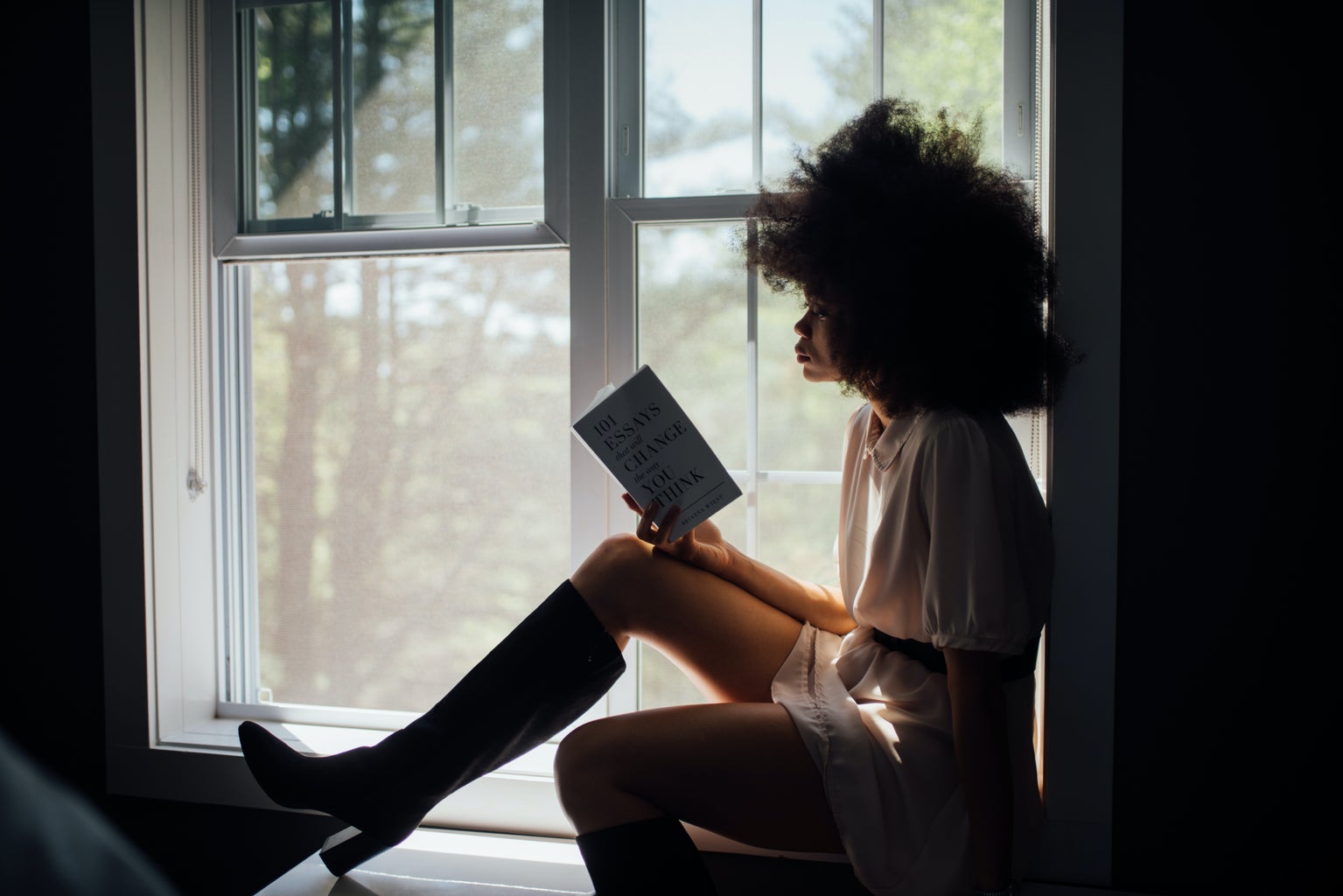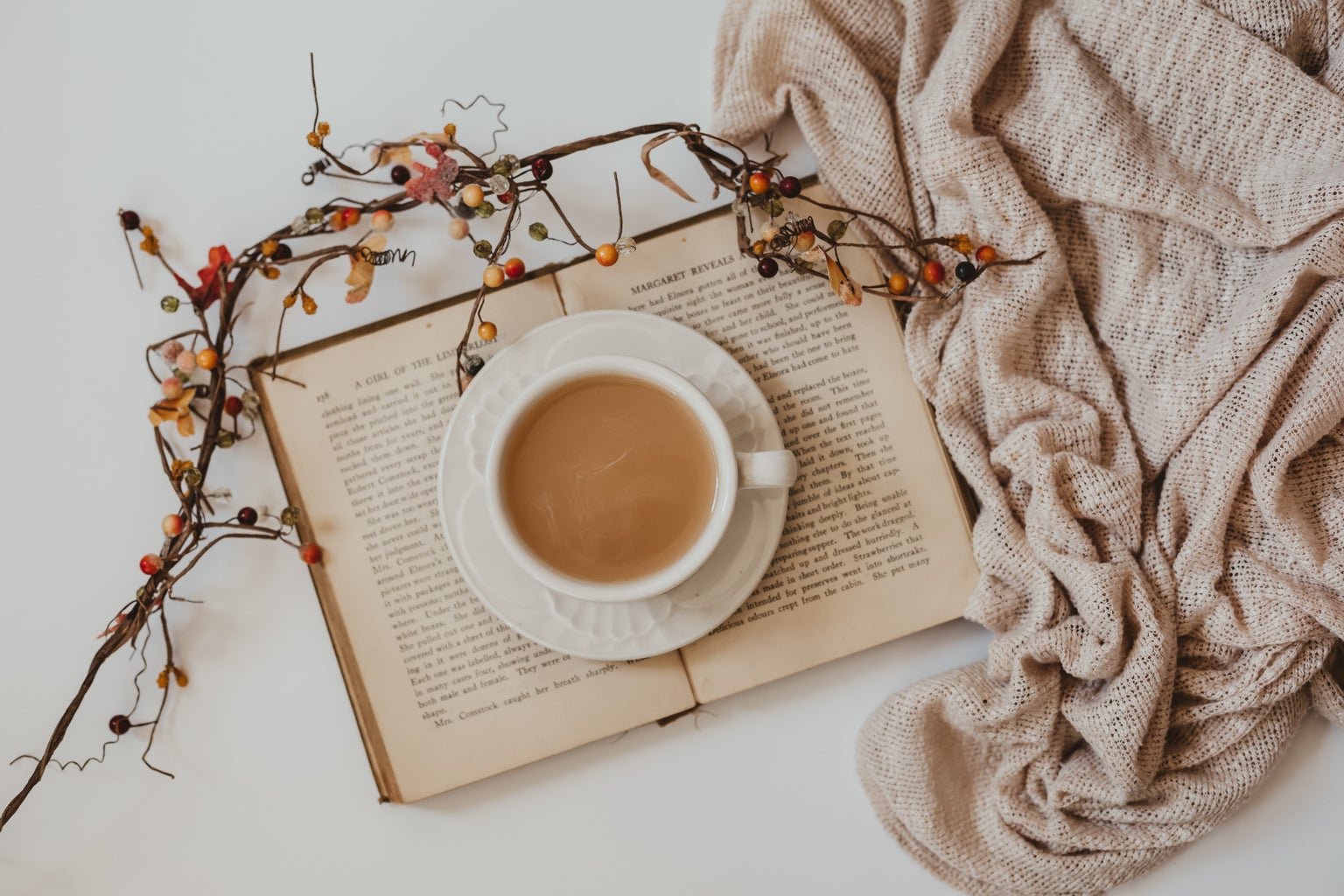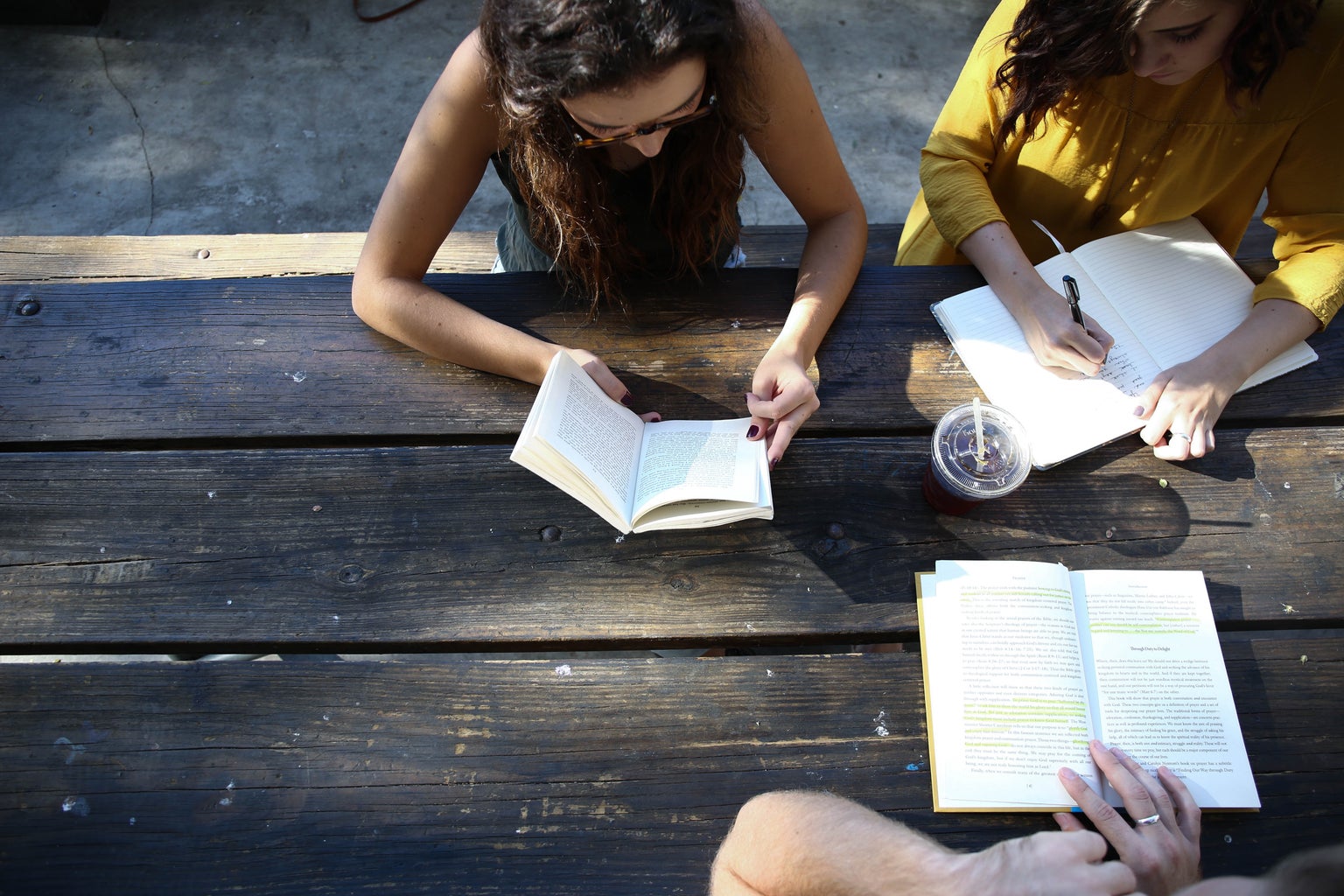As a classic literature aficionado myself, I’ve gone through my fair share of old-timey novels from the 1800s and 1900s. Classic literature can be difficult to get into, especially given how long and torturous some of them are, with massive blocks of text that ultimately don’t really seem to be saying anything. English majors may have a different view, but ultimately, the average contemporary reader isn’t toughing it out and poring over a Tolstoy novel.
However, I’ve grown to love classic literature for a variety of reasons. Aside from the fact that it boosts my elitist reading tendencies, these books are considered “classics” for a reason. They are beautifully written, full of symbolism, figurative language, and elaborate descriptions of even the most mundane parts of life. Most of these classics tackle some theme or contextual reality of the surrounding world for the author at the time, and it’s always intriguing to see how their perspective on that theme unfolds, whether it’s negative or positive.
But I know how hard it can be to just jump right into a 1000-page novel with murky language that barely makes any sense. Especially as a busy college student with almost no time to read, nobody is going to want to try to decode a six-page long paragraph about someone’s “countenance” and main personality traits.
Here are five books I consider “transition” classics that help ease you into the world of classic literature without bombarding you with never-ending, unnecessary jargon about the symbolism of a bird.
1. The Picture of Dorian Gray by Oscar Wilde
Anyone who knows me knows this is my favorite book of all time. I own around 13 editions of this book (and counting), and I’ve read both the regular and uncensored editions. It’s a short novel and easy to get into and the prose is wildly beautiful, full of melodrama and tender themes of young love and the ramifications of selling your soul in exchange for youth, beauty, and physical aesthetics.
2. Pride and Prejudice by Jane Austen
While Jane Austen is a bit more advanced than a truly novice classics reader might want to start with, this book particularly hones in on issues that remain relevant to this day. It’s the blueprint for the romance novels of today and was the originator of the tropes that all romance readers have come to love, including the iconic enemies-to-lovers era. In my opinion, this book, in comparison to the rest of Austen’s works, is a lot easier to understand. The long paragraphs are usually made up of flighty speeches about romance and unrequited love, which I personally eat up. This is a timeless classic, if not the classic, and I’d highly recommend it to anyone, no matter your skill set when it comes to tackling classic literature.
3. Little Women by Louisa May Alcott
This is an iconic novel that I’m sure the vast majority of you have heard of, especially with the 2019 Greta Gerwig film (I totally didn’t see it in theaters three times). It was made for younger audiences and, while it can still be complex in its language and themes, it’s a lot easier to understand and get into. I’d recommend this for readers who are brand new to the genre, as well as anyone looking for a heartwarming, sweet story. I wouldn’t say it’s the most complex, thought-provoking, artistically-written novel out there but, it’s fun and easy to pass the time, especially in the busy life of college.
4. Frankenstein by Mary Shelley
There’s a reason the majority of high school students, if not college students, are forced to read this book at some point. I’ve personally been assigned this novel four times so far at UC Berkeley alone, as well as once at my high school. It’s one of my favorite novels of all time, and I think it does a great job of introducing the Gothic era of fiction without overcomplicating and convoluting the general writing. It’s fairly short and easy to get into, and, while it’s definitely more complex than some of the other books on this list, it’s not too difficult to understand. Also, the vast majority of people have heard of Frankenstein at some point in pop culture. It’s fun to learn the origins of that motif and to bust the myths you may have heard about the creature and his creator.
5. The Outsiders by S.E. Hinton
This book is assigned to middle school students for a reason. However, despite the younger audience it’s geared towards, it’s a beautifully written story that navigates class, race, and prejudice in a masterful way. Hinton wrote this when she was a young teenager, and the writing is definitely a lot easier to understand. The film is one of my favorites of all time, and the book is so short that it gives a nice taste of what a lengthier classic may look like, which is why I’ve decided to add it to this list.
Some honorable mentions:
The Great Gatsby by F. Scott Fitzgerald
It’s a well-written book that showcases the elements of a classic, but I can never feel fully comfortable recommending the book after hearing theories that Fitzgerald stole the manuscript from his wife, Zelda.
Animal Farm by George Orwell
I’m always reluctant to recommend anything by Orwell due to my personal disliking of his works, specifically 1984. Still, I can’t deny the simplicity and classic prominence of this book that make it a perfect transition novel.
Of Mice and Men by John Steinbeck
If you have to read a Steinbeck novel, definitely start with this one. It’s one of the shortest classics I can think of and beautifully written, but given the prominence of the other five books on my list, I ultimately had to cut this one out of my short list. It’s a tear-jerker, so get ready to cry.
Anne of Green Gables by L.M. Montgomery
This is catered as a children’s book, which is the only reason I didn’t include it on my list. It’s one of my favorite childhood reads, along with everything else Montgomery has written. There have been tons of spin-off shows and what-not about this book, so I’d definitely recommend trying it out, but I wouldn’t say it’s the most necessary on my list. Additionally, Emily of New Moon is the best Montgomery novel.
A Christmas Carol by Charles Dickens
Charles Dickens has a very… unique writing style. It’s definitely not a fun start to trying to begin a classics journey, due to his very… boring prose. However, if you have to read a Dickens novel, I’d start with this one because of its length and well-known story. I would also recommend A Tale of Two Cities, but I wouldn’t say that it qualifies as a transition novel, due to its extremely complex and confusing themes.
Jane Eyre by Charlotte Brontë
No classic literature list would be complete without a Brontë novel… except a transition classics list. I wouldn’t say this is that easy or fun to read, and, while it’s a beautifully haunting love story, it’s not the same energy or as fun as an Austen.
Overall, there’s a vast array of classic literature that I’m certain will fit everyone’s cup of tea. These are just a few recommendations but I’m fairly well-versed in classic literature, to the point where I could have kept going with this list. However, I’d definitely recommend starting out with one of my top five options if you want to try it out!






